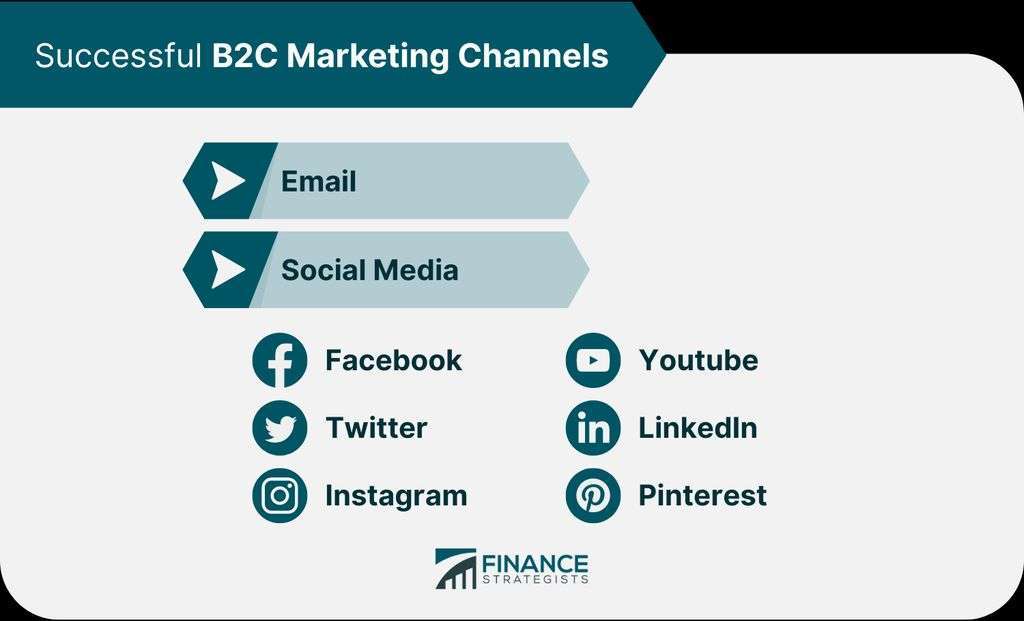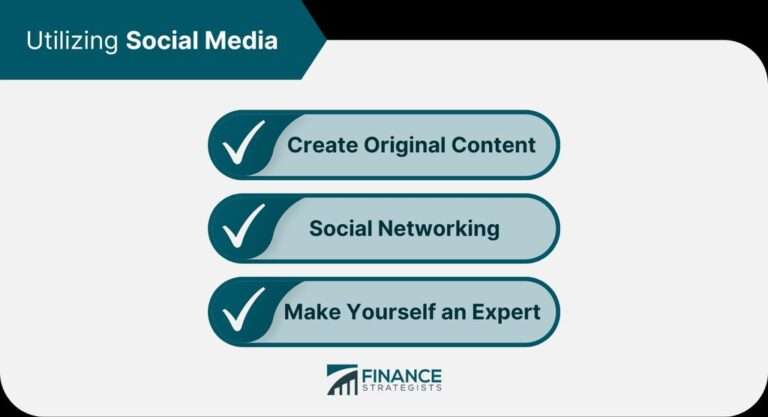What is Content Distribution?
Overview
What is Content Distribution?
Content distribution is the process of promoting and delivering your content to a wider audience through various channels and platforms. It involves strategically sharing your content across different mediums such as social media, email marketing, influencer partnerships, and more. The goal of content distribution is to increase visibility, reach, and engagement with your target audience, ultimately driving traffic and conversions to your website or other desired actions.
Importance of Content Distribution
Content distribution plays a crucial role in the success of any marketing strategy. It is not enough to create high-quality content; it also needs to reach the right audience. Effective content distribution ensures that your content is seen by the right people at the right time, increasing brand visibility and driving engagement. By distributing your content across various channels such as social media, email marketing, and content syndication platforms, you can maximize its reach and impact. Additionally, strategic content distribution helps in building brand authority, attracting new customers, and nurturing existing relationships. It allows you to establish your brand as a thought leader in your industry and stay top-of-mind with your target audience.
Benefits of Effective Content Distribution
Effective content distribution offers several benefits for businesses. Increased Reach: By distributing content across multiple channels, businesses can reach a wider audience and increase their brand visibility. Improved Engagement: Distributing content through the right channels and targeting the right audience can lead to higher engagement rates and increased interaction with the brand. Enhanced Brand Authority: When content is distributed effectively, it helps establish the brand as an authority in the industry, leading to increased trust and credibility. Better Conversion Rates: By reaching the right audience with valuable content, businesses can improve their conversion rates and drive more sales. Overall, effective content distribution is a key strategy for businesses to maximize their online presence and achieve their marketing goals.
Content Distribution Strategies
Identifying Target Audience
Identifying the target audience is a crucial step in content distribution. Understanding who your audience is helps you tailor your content to their specific needs and interests. This can be done through market research, analyzing demographics, and studying consumer behavior. By identifying your target audience, you can create content that resonates with them and choose the right distribution channels to reach them effectively. Additionally, segmenting your audience based on different characteristics allows you to personalize your content and deliver it to the right people at the right time.
Choosing the Right Channels
When it comes to content distribution, choosing the right channels is crucial. Different channels have different audiences and reach, so it’s important to identify which channels align with your target audience. Some popular channels include social media platforms like Facebook, Twitter, and Instagram, as well as email newsletters, industry-specific websites, and content syndication platforms. By diversifying your distribution channels, you can maximize your content’s visibility and engagement. Additionally, consider the format of your content and choose channels that are suitable for that format. For example, if you have visually appealing content, platforms like Instagram and Pinterest may be more effective. Ultimately, the key is to research, test, and analyze the performance of different channels to determine the most effective ones for your content distribution strategy.
Creating Engaging Content
Creating engaging content is crucial for successful content distribution. Engaging content captures the attention of the target audience and encourages them to consume and share the content. To create engaging content, it is important to understand the preferences and interests of the target audience. Conducting thorough research and using storytelling techniques can help in creating compelling content. Additionally, incorporating visual elements such as images, videos, and infographics can make the content more visually appealing and engaging. By creating content that resonates with the target audience, businesses can increase their chances of successful content distribution.
Measuring Content Distribution Success
Key Metrics to Track
Tracking key metrics is essential for evaluating the success of your content distribution efforts. Some important metrics to track include:
- Website Traffic: Monitor the number of visitors to your website to assess the effectiveness of your distribution channels.
- Engagement Metrics: Keep an eye on metrics such as bounce rate, time on page, and social shares to gauge how well your content resonates with your audience.
- Conversion Rates: Measure the percentage of visitors who take desired actions, such as making a purchase or signing up for a newsletter.
By regularly monitoring these metrics, you can identify areas for improvement and make data-driven decisions to optimize your content distribution strategies.
Analyzing Data and Insights
Once you have collected the data from your content distribution efforts, it is crucial to analyze and gain insights from it. This analysis will help you understand the effectiveness of your distribution strategies and identify areas for improvement. Key metrics to track include reach, engagement, conversion rates, and ROI. By analyzing these metrics, you can determine which channels and content types are performing well and adjust your distribution strategies accordingly. Additionally, insights from the data can provide valuable information about your target audience’s preferences and behaviors, allowing you to create more targeted and engaging content in the future. Remember to regularly optimize your distribution strategies based on the data and continuously improve to stay ahead in the ever-evolving content distribution landscape.
Optimizing Distribution Strategies
To ensure the success of content distribution strategies, it is crucial to continuously optimize them. This involves analyzing data and insights gathered from key metrics, such as reach, engagement, and conversion rates. By identifying patterns and trends, marketers can make informed decisions to improve the effectiveness of their distribution channels. Additionally, experimenting with different content formats, delivery methods, and timing can help maximize audience engagement. Continuous improvement is key to staying ahead in the ever-evolving landscape of content distribution.
Conclusion
Summary of Content Distribution
Content distribution plays a crucial role in the success of any content marketing strategy. It involves the strategic dissemination of content across various channels to reach and engage the target audience. By effectively distributing content, businesses can increase brand visibility, drive website traffic, and generate leads. Identifying the target audience is the first step in content distribution, followed by choosing the right channels to reach them. Creating engaging content that resonates with the audience is also essential. To measure the success of content distribution, key metrics such as website traffic, social media engagement, and conversion rates should be tracked. Analyzing the data and insights obtained can help optimize distribution strategies for better results. Continuous improvement is important in content distribution as trends and audience preferences evolve. Looking ahead, future trends in content distribution include the rise of personalized content, influencer marketing, and the use of AI technologies.
Importance of Continuous Improvement
Continuous improvement is crucial in content distribution as it allows businesses to stay ahead of the competition and adapt to changing trends. By constantly evaluating and optimizing their distribution strategies, companies can identify areas of improvement and make necessary adjustments. This iterative process ensures that content reaches the right audience through the most effective channels, resulting in increased visibility, engagement, and ultimately, conversions. It also allows businesses to stay updated with the latest technologies and techniques in content distribution, keeping them relevant in the ever-evolving digital landscape.
Future Trends in Content Distribution
The future of content distribution is constantly evolving, driven by advancements in technology and changing consumer behaviors. Here are some key trends to watch out for:
Personalization: Content distribution strategies will focus on delivering personalized experiences to target audiences, ensuring that the right content reaches the right people at the right time.
Video Dominance: Video content will continue to dominate the content distribution landscape, with platforms like YouTube, TikTok, and Instagram Reels gaining more popularity.
Influencer Marketing: Collaborating with influencers will remain a powerful strategy for content distribution, as influencers have the ability to reach and engage with niche audiences.
Voice Search Optimization: With the rise of voice assistants like Siri, Alexa, and Google Assistant, optimizing content for voice search will become crucial for effective distribution.
As content distribution continues to evolve, staying updated with these trends and adopting innovative strategies will be essential for success.






 العربية
العربية Čeština
Čeština Dansk
Dansk Nederlands
Nederlands English
English Suomi
Suomi Français
Français Deutsch
Deutsch Italiano
Italiano 日本語
日本語 한국어
한국어 Norsk bokmål
Norsk bokmål Polski
Polski Português
Português Русский
Русский Español
Español Svenska
Svenska